Back to Courses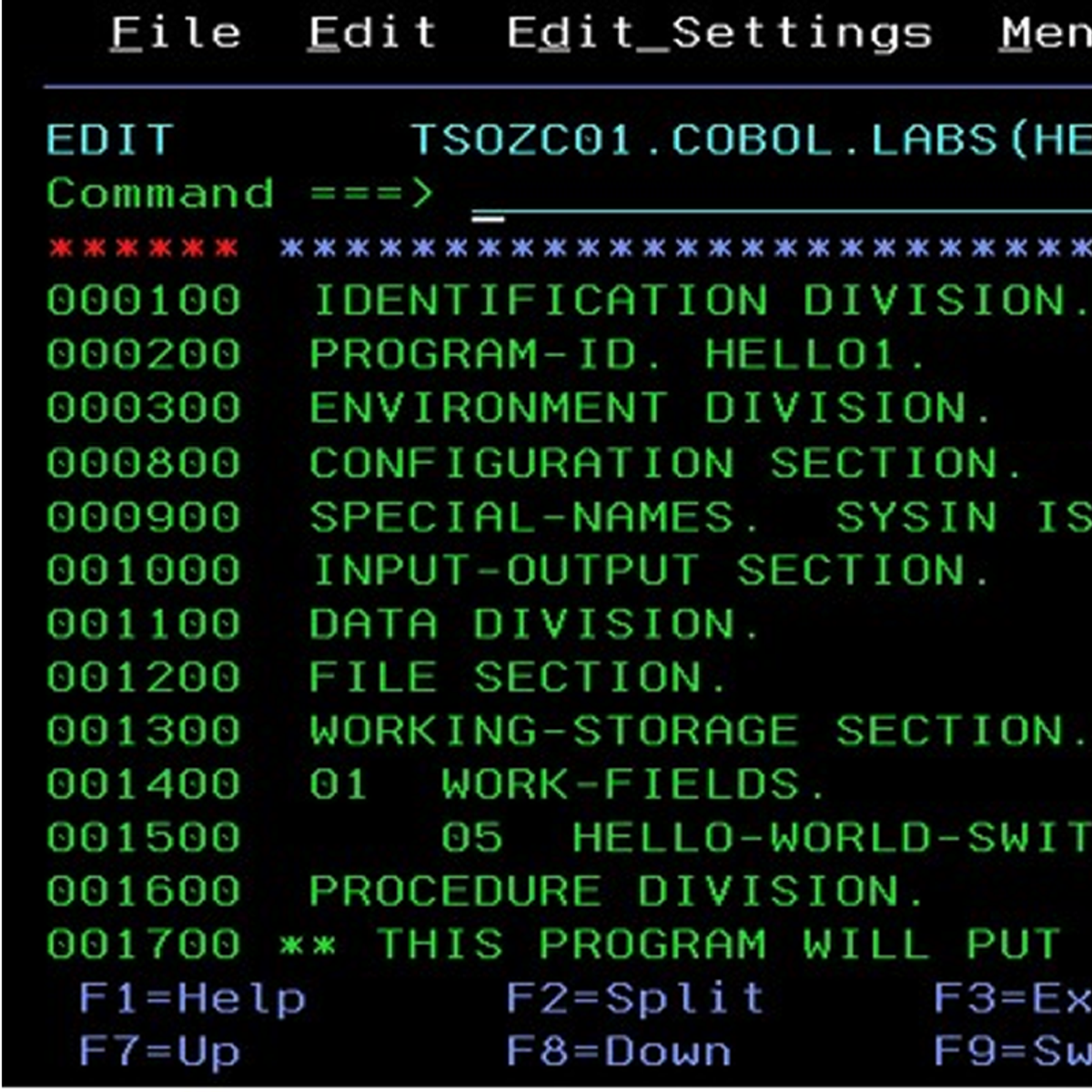


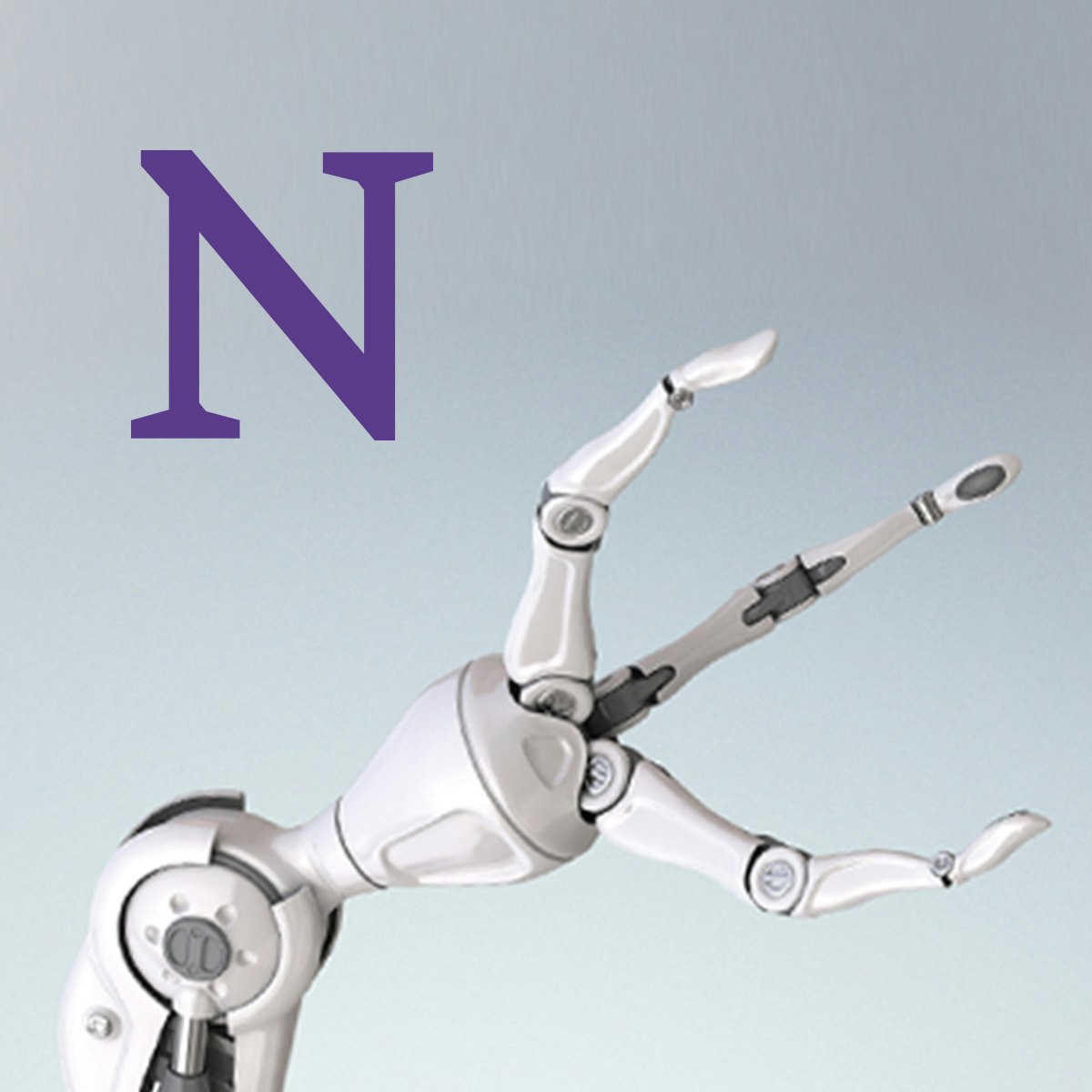

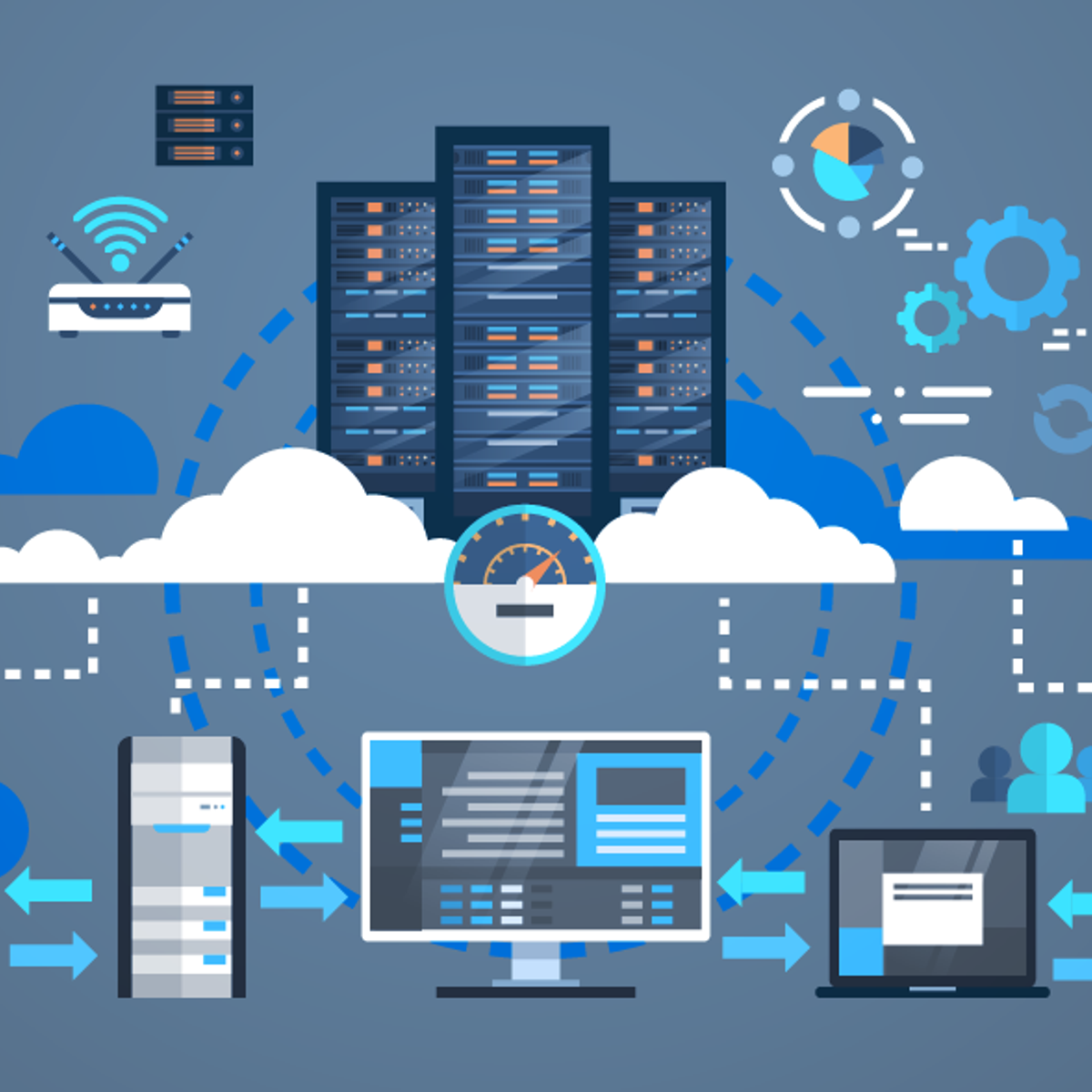
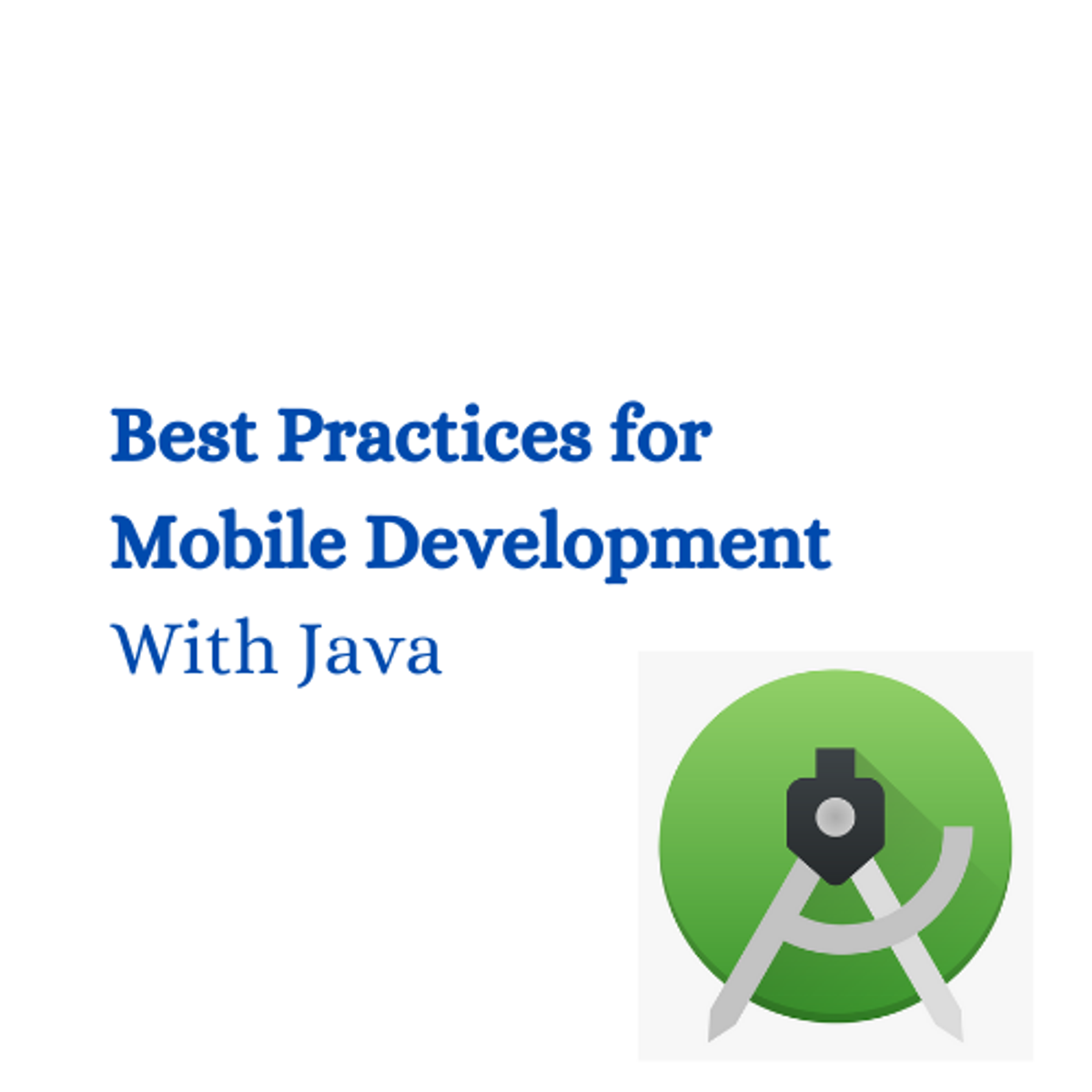

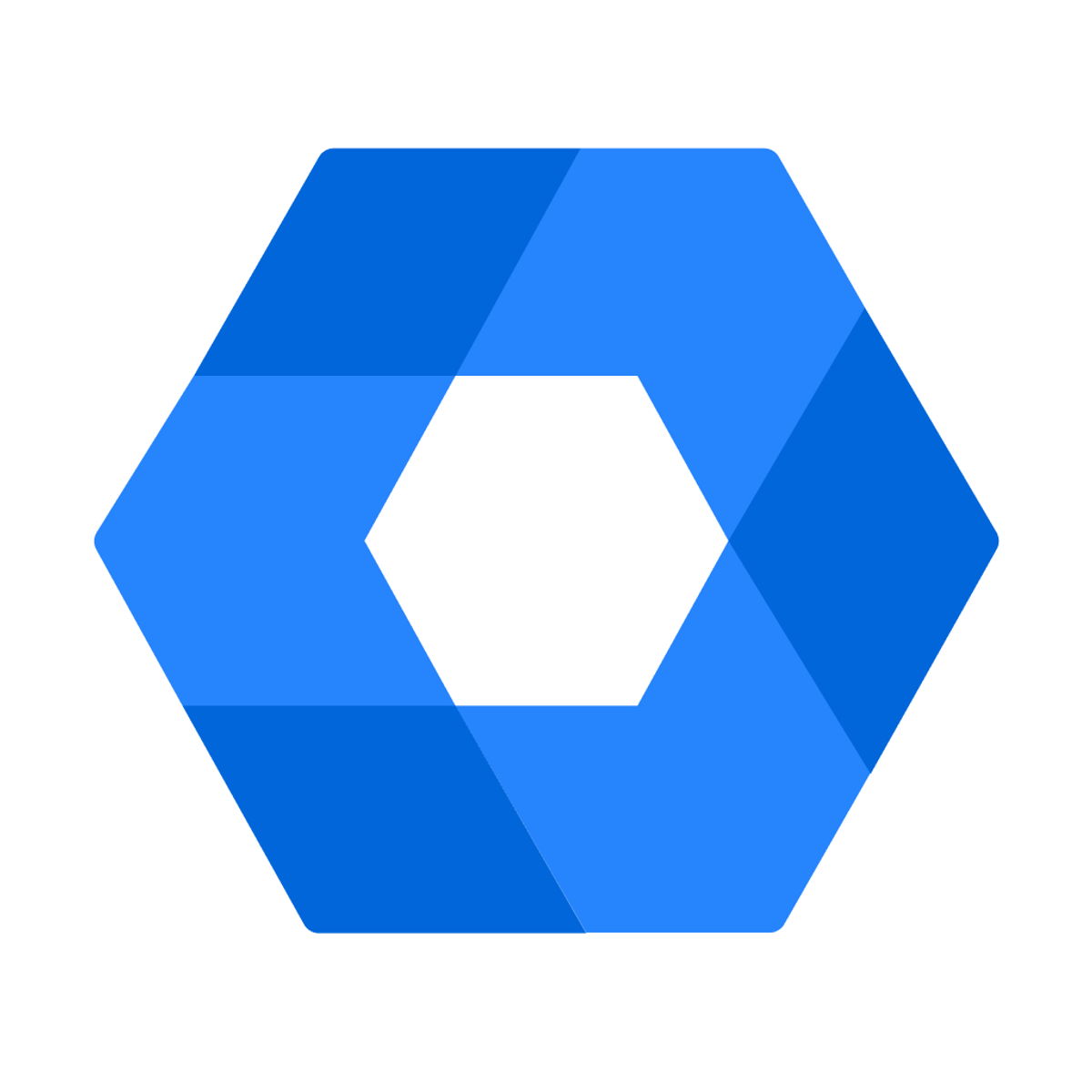

Computer Science Courses - Page 189
Showing results 1881-1890 of 2309

IBM COBOL Software Development Process
This course is geared towards anyone interested in learning about IBM, COBOL, mainframe computing, and the Software Development Lifecycle (SDLC) and increasing their knowledge and hands on experience with core concepts and technologies including life cycle and systems analysis concepts, design and structured coding, and a wide variety of topics designed to provide relevant, requisite working knowledge and practical experience.

Creating an AWS EC2 Autoscaling Group using Load Balancer
Please note: You will need an AWS account to complete this course. All the resources used in the course come under free-tier provided by AWS for new users. But you might be charged if you have already used up your free-tier credits.
In this 2-hour long project-based course, you will learn how to create an AWS EC2 AutoScaling Group which can scale in and out based on the incoming traffic. We will go through the complete process of deploying your web application in the AutoScaling Group. We will be creating an Application Load Balancer which will distribute the incoming traffic among the EC2 Instance of our AutoScaling Groups. We will be creating an Amazon Machine Image which will be used to create a Launch Configuration which will act as the base for the EC2 Instances in our AutoScaling Group.
Note: This course works best for learners who are based in the North America region. We’re currently working on providing the same experience in other regions.

Agent-based Generative Art | NetLogo
"Generative art refers to any art practice where the artist creates a process, such as a computer program, which is then set into motion with some degree of autonomy contributing to or resulting in a completed work of art." - Wikipedia
In this guided project you will develop an agent-based computer program capable of generating visual art pieces. By doing so you will be introduced to the basics of ABM and NetLogo. Furthermore, at the end of this journey you will be able to share such pieces with the world.

Modern Robotics, Course 2: Robot Kinematics
Do you want to know how robots work? Are you interested in robotics as a career? Are you willing to invest the effort to learn fundamental mathematical modeling techniques that are used in all subfields of robotics?
If so, then the "Modern Robotics: Mechanics, Planning, and Control" specialization may be for you. This specialization, consisting of six short courses, is serious preparation for serious students who hope to work in the field of robotics or to undertake advanced study. It is not a sampler.
In Course 2 of the specialization, Robot Kinematics, you will learn to solve the forward kinematics (calculating the configuration of the "hand" of the robot based on the joint values) using the product-of-exponentials formula. Your efforts in Course 1 pay off handsomely, as forward kinematics is a breeze with the tools you've learned. This is followed by velocity kinematics and statics relating joint velocities and forces/torques to end-effector twists and wrenches, inverse kinematics (calculating joint values that achieve a desired "hand" configuration), and kinematics of robots with closed chains.
This course follows the textbook "Modern Robotics: Mechanics, Planning, and Control" (Lynch and Park, Cambridge University Press 2017). You can purchase the book or use the free preprint pdf. You will build on a library of robotics software in the language of your choice (among Python, Mathematica, and MATLAB) and use the free cross-platform robot simulator V-REP, which allows you to work with state-of-the-art robots in the comfort of your own home and with zero financial investment.

Check Point Jump Start: Cloud Security
Check Point CloudGuard, a comprehensive cloud security portfolio, is designed to prevent the latest fifth generation (Gen V), multi-vector cyberattacks targeting enterprise cloud services
Section 1: Overview of CloudGuard Product line
In this course you will learn about cloud security challenges and what different Check Point CloudGuard product line can be used to protect your cloud environment.
How to Secure your Cloud Environment
Cloud Challenges
Security in the Cloud
What is CloudGuard
Security with CloudGuard
Section 2: CloudGuard Network security solution
In this course we will analyze how CloudGuard Network Security product solution is used to security your cloud posture.
Understanding Cloud Security Fundamentals
CloudGuard Solutions
CloudGuard Components
CloudGuard Segmentation
Section 3: CloudGuard Network Security Product Labs
In this course we will learn how to deploy a CloudGuard Network Security solution in the Azure Cloud.
Deploying a CloudGuard Network Security Solution
Building an Azure Private Cloud Environment
Deploy Check Point R80.40 Management Server
Deploy CloudGuard Gateway
Deploy a Web Server Part1
Deploy a Web Server Part2
Connecting CloudGuard Controller
Check Point Company Overview
Check Point Software Technologies Ltd. is a leading provider of cyber security solutions to governments and corporate enterprises globally. Its solutions protect customers from 5th generation cyber-attacks with an industry leading catch rate of malware, ransomware and other types of attacks. Check Point offers multilevel security architecture, “Infinity” Total Protection with Gen V advanced threat prevention, which defends enterprises’ cloud, network and mobile device held information. Check Point provides the most comprehensive and intuitive one point of control security management system. Check Point protects over 100,000 organizations of all sizes.
With Check Point Infinity, the only consolidated cyber security solution across cloud, networks, endpoints, mobile and IoT, we are continuously pioneering cyber security innovation with the most advanced AI-based threat Intelligence and prevention technologies, unified security management, and cloud security automation to help protect organizations from 6th generation of cyber attacks.
With over 3,500 security experts, a world-acclaimed research and intelligence unit, and the broadest ecosystem of business and technology partners, we protect over 100,000 organizations of all sizes across all industry verticals in 88 countries to achieve allow better experiences for in a safer digital world.

Introduction to Budgets in Microsoft Azure Cost Management
By the end of this project, you will create Budgets in Azure Cost management scoped to both Subscriptions and Resource Groups. You will also create a budget using an Azure Resource Manager (ARM) template and examine Cost Analysis and Alerts.
An Azure account will be required to complete the tasks within this project and the steps required to create an account are detailed at the outset of the project.
It should be noted that dependent on your new or existing Azure subscription that some features that will be enabled during this project are dependent on Azure making these features available in the Portal once activated. This may require that the project be paused as features such as Cost Analysis will not become available immediately.
If you enjoy this project, we'd recommend exploring the Microsoft Azure Fundamentals AZ-900 Exam Prep Specialization: https://www.coursera.org/specializations/microsoft-azure-fundamentals-az-900

Best Practices for Mobile Development With Java
By the end of this project, you will be able to implement the following validation techniques: Presence checks, length checks, type checks, email validation, credit card validation, and date validation. This will prevent any users of your app from inputting invalid data that may break your app. In This project, we will use Java with the Android Studio IDE. This project is for anyone with at least basic experience with Java and Android Studio with an interest in mobile app development or validation. Anyone familiar with methods, variables, if statements, loops, and classes can follow along. This project will put you on the right track to being a better mobile app developer by helping you avoid some common mistakes and demonstrate more efficient practices. Validation is common on many Computer Science syllabuses and knowing about validation will help the development of more polished applications.

Click-to-Move with Unity NavMesh
In this one-hour, project-based course, you'll learn how to utilize the Navigation System to move a character to wherever the player clicks. We'll be setting up a "NavMesh" that defines where the character is able to walk. You will also learn how to set up static and dynamic obstacles that the Player will automatically avoid.
The guided project will introduce you to the following Unity concepts:
- Navigation System
- Raycasting
This series also makes use of the robot-themed Unity project created in Create Simple Enemy Behaviour with C# in Unity (Introduction to AI). This complements this guided project and, although not a prerequisite, is recommended for a more well-rounded understanding of the concepts presented herein.
Note: This course works best for learners who are based in the North America region. We’re currently working on providing the same experience in other regions.
Google Workspace Security
Google Workspace Security is the third course in the Google Workspace Administration series.
In this course you will focus on the various aspects of Google Workspace Security including user password policies and how to enable and enforce two step verification (2SV) for your users. You will learn about application security and understand how to whitelist and block API access to your account. You will see how Google Workspace can easily be integrated with a number of predefined 3rd party applications. You will also become familiar with the SSO options in Google Workspace. Finally you will understand how to spot potential security risks within your organization and learn how to address them using the tools available in the admin console.
By the end of this course participants will be able to:
- Configure Google's default user protection settings such as password policies and recovery options.
- Understand best practices for implementing and enforcing 2-step verification in your organization.
- Understand the SSO options available and be able to identify the differences between using Google as an Identity Provider versus a 3rd party provider.
- Be able to integrate cloud based enterprise SAML applications into your Google Workspace account using Google as the Identity Provider.
- Understand how to integrate your own LDAP compliant applications into Google Workspace using the Secure LDAP service.
- Restrict access to a Google service to trusted applications only to prevent malicious attacks on that service.
- Manage the Google Workspace Marketplace for your organization to ensure only trusted applications can be installed on your devices.
- Use the security and alert centers to identify, triage, and take action on security and privacy issues in your organization.
Prerequisites
You should have completed the Introduction to Google Workspace Administration and Managing Google Workspace courses.

Computer Science: Algorithms, Theory, and Machines
This course introduces the broader discipline of computer science to people having basic familiarity with Java programming. It covers the second half of our book Computer Science: An Interdisciplinary Approach (the first half is covered in our Coursera course Computer Science: Programming with a Purpose, to be released in the fall of 2018). Our intent is to demystify computation and to build awareness about the substantial intellectual underpinnings and rich history of the field of computer science.
First, we introduce classic algorithms along with scientific techniques for evaluating performance, in the context of modern applications. Next, we introduce classic theoretical models that allow us to address fundamental questions about computation, such as computability, universality, and intractability. We conclude with machine architecture (including machine-language programming and its relationship to coding in Java) and logic design (including a full CPU design built from the ground up).
The course emphasizes the relationships between applications programming, the theory of computation, real computers, and the field's history and evolution, including the nature of the contributions of Boole, Shannon, Turing, von Neumann, and others.
All the features of this course are available for free. No certificate will be offered upon completion.
